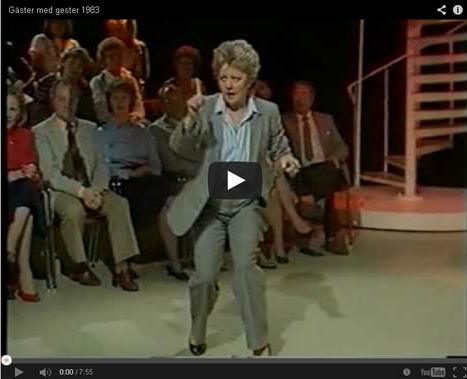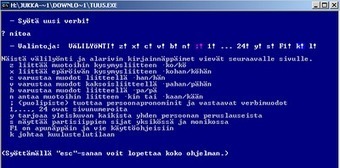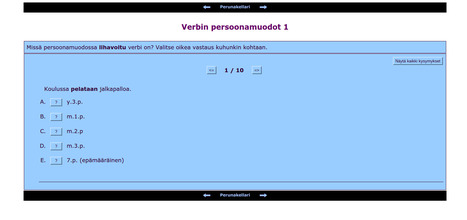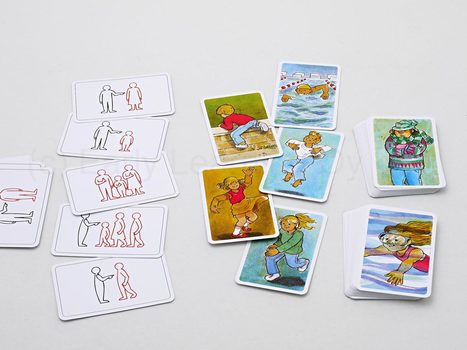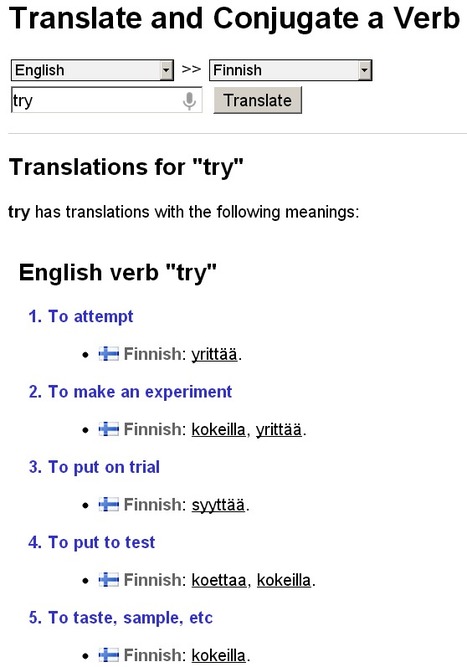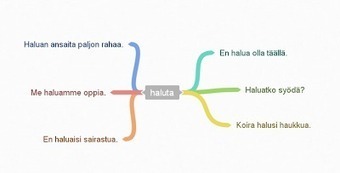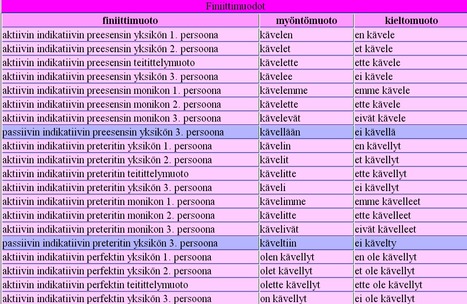Follow, research and publish the best content
Get Started for FREE
Sign up with Facebook Sign up with X
I don't have a Facebook or a X account
Already have an account: Login

Suomen viralliset sivut * Klikkaa kuvaa tai otsikkoa.
Curated by
Skuuppilehdet
 Your new post is loading... Your new post is loading...
 Your new post is loading... Your new post is loading...
|
|









